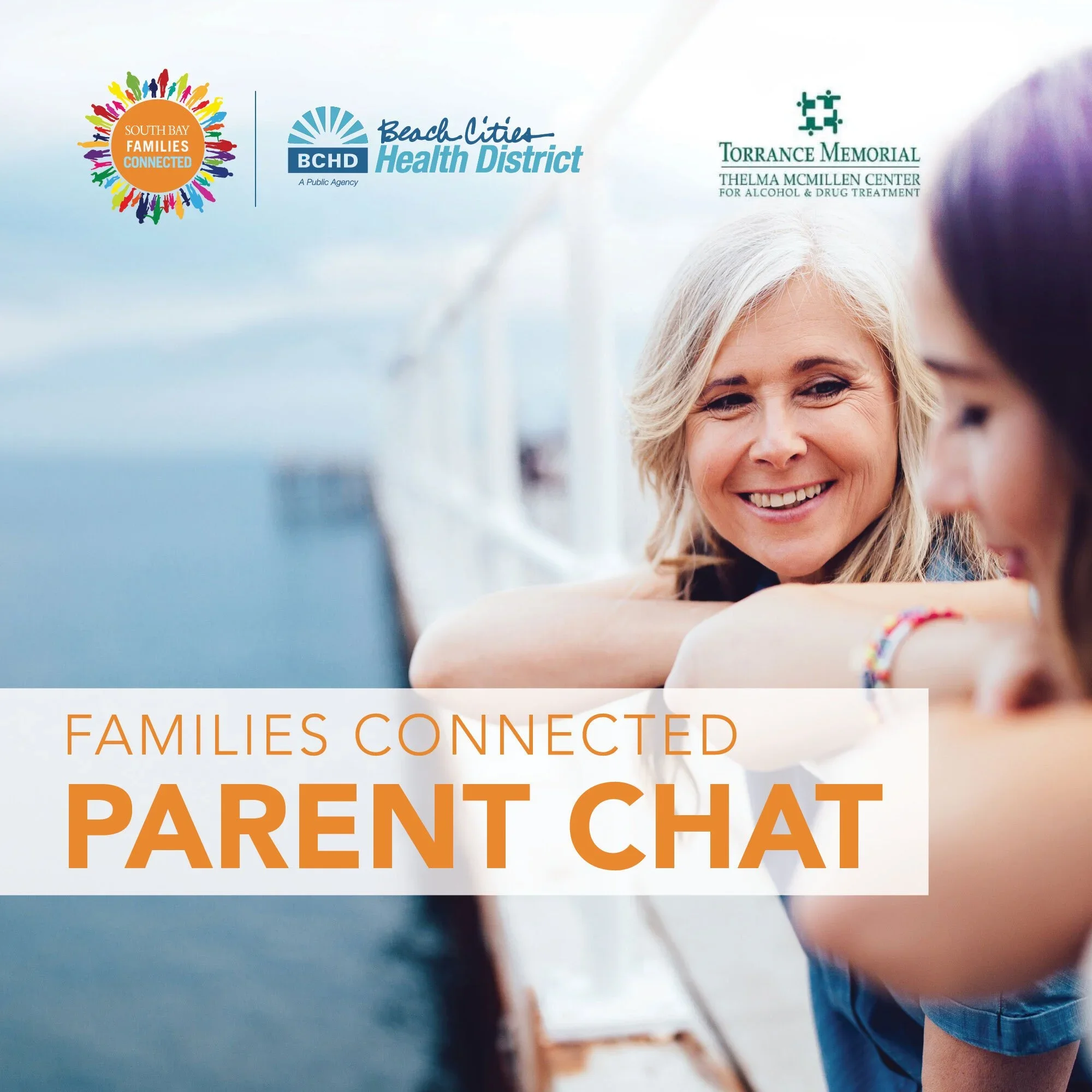Youth Vaping: Critical Insight for Parents, by Joan Stein Jenkins, Esq., Beach Cities Juvenile Diversion Program
/Photo Credit: Easy Reader, March 15 cover story: “Joan Jenkins and the Fine Art of Tough Love”
Nationwide, headlines warn us about the pervasive vaping epidemic among teenagers. And we take note, because locally, our youth are so exposed to vaping. In fact, in my practice, I have seen large numbers of local kids, some as young as 11, who are habitual vapers. What I hope to discuss here is how to help our kids before there is a need for Juvenile Diversion.
Many of our children have experimented with vapes of THC or nicotine. It is just the world we live in. And a parent’s positive influence can make a big difference in the effort to prevent or curtail use. Clearly, vaping devices aimed at teens have flooded the market. A few drops of a nicotine vape, smelling enticingly of marshmallow or Kool-Aid, is the equivalent of one cigarette. Parents, this is not the harmless “sneaking a few puffs” that you remember doing in your youth. A full vape pod is the equivalent of a pack of cigarettes. Flavored e-cigarettes, which remain legal, are becoming more and more popular. Vapes with marijuana can have up to 50 to 80 percent concentrated THC. So, if your child is vaping several times a day or week, imagine the damage that is being done to his or her developing brain. The long-term effects of vaping on a teenager’s developing respiratory system and emotional well-being can be grave. (see CDC and other studies on SBFC’s Vaping Information for Parents page)
Whether it is to escape boredom or stress or trauma, kids vape for any number of reasons. Teens vape because they are misinformed that vaping will help them reduce stress, achieve unrealistic weight goals, deal with agitation related to overuse of gaming and using social media, or just to fit in.
Vaping is highly addictive and even the most resolute teen will face troubles that most adult addicts face. When there are signs of use in our children, parents’ help is crucial. Open channels of communication can be difficult when you discover your child is vaping, but it is the first step towards a solution. In addition, observe your child, know his or her friends, introduce yourself to their families and text or talk with them regularly. Regulate the amount of time on games. Speak frankly. Increase family time—as little as fifteen minutes a day, cellphone-free one on one time is beneficial. I have seen this small step build trust and work wonders with kids.
Monitoring money and phones can make it more difficult for kids to buy THC and nicotine vapes. Have text alerts for use of your credit cards. Have children be accountable for the money that you give them. Hide that stash of dollar bills in a harder to find place than the sock drawer. Know passwords for their phones and apps. This can be uncomfortable for some. But consider the following: Parents who ignore the internet cannot effectively protect their children from harm to their present and future welfare. We safeguard our children from so much, we just need to extend our protection to the shady sites and apps, and characters on the internet. If something looks suspicious, check it out. If you have reason for concern, it is better for you to check out your teen’s backpack before the school or police end up doing it. A little bit of vigilance can prevent things from getting started or getting worse.
Take a deep breath and know that you can help steer your children away from harm. As difficult as it is, a calm demeanor can be a game changer. And while strict is fine, I have found that extreme measures can be counterproductive and foster defiance. Time and again, I have witnessed that mere punishment does not stop continued use.
A few closing thoughts: Remember that we are dealing with good kids, but even good kids really do think they are invincible. They want to try what everyone else is trying, and in our community, it may seem to kids that everyone tries vaping. Many families are trying to figure out how to deal with this problem. Vaping is a harmful habit, but it can be overcome. Ask for all the help you need. Do not be timid. Take heart. Do what needs to be done to foster a better happier healthier path for those you love.
And remember that South Bay Families Connected presents us with a wealth of information and resources in its “Vaping Information for Parents,” including the “Vaping Facts for Teens” pages, and also recommend their resource page for teens to help them de-stress in health ways.
By Joan Stein Jenkins, Esq., Beach Cities Juvenile Diversion Program
The Beach Cities Juvenile Diversion Project works with local schools, law enforcement and social service agencies to divert youth from entering the juvenile justice system. Restorative practices may include counseling, victim-offender mediation, empathy-based community service, restitution or substance use treatment and/or education programs.




